When you think of flowers for the dinner table, the first image that pops into your mind is the floral centrepiece, which is purely ornamental. But wouldn’t dinner look awesome if you had flowers on your plate as well? Edible flowers are very pretty, they can elevate any dish, and they are used in haute cuisine all over the world. If you haven’t cooked with edible flowers yet, you’re missing out!
Edible flowers come in many different shapes, sizes, and colours. But what you might not know is that they have different flavours and distinct tastes. Some taste similar to asparagus, others taste like mint, and some have a sweet and nectary taste. This means that it’s quite important to know what each of them tastes like as some are more appropriate for savoury dishes and some for deserts. Edible flowers can add unique flavour to a wide range of culinary products from salads and entrees to beverages and desserts.
If you are curious about edible flowers, we’ve got you covered! From this article, you’ll learn many interesting things about edible flowers, what you can do with them, how to ensure that you’re using them safely, and what are the most popular and delicious ones.
Short History of Edible Flowers
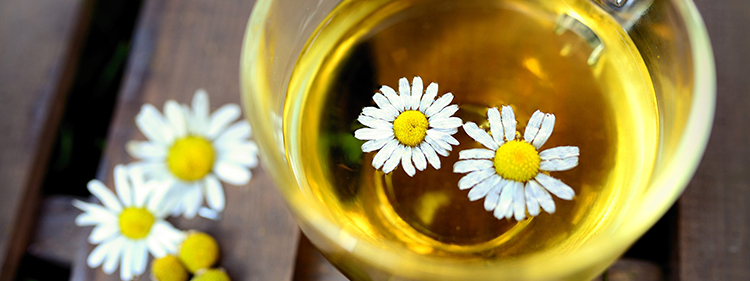
People have been using flowers for culinary purposes for millennia. Cooking with edible flowers was a common practice in Ancient times in Middle Eastern, Chinese, Egyptian, Roman, Greek and Indian cultures. According to The Chef’s Garden, Victorians used roses, violets, and other edible blooms for savoury dishes and desserts. Rose petal water and stewed primroses were quite a thing during the Renaissance, and in the 1600s, French monks created Chartreuse – a liquor made using carnation petals.
The innovative practices mentioned above have made it possible for many restaurant chefs and even for inexperienced home cooks to use edible flowers in creative ways. Some of the best chefs in the world use flower blossoms to add a touch of elegance to their dishes and there is no reason why you shouldn’t do the same in your kitchen.
What Can You Do with Edible Flowers?

Edible flowers are versatile and you can use them in many different ways. They are perfect as a garnish but also as a key ingredient, in savoury dishes and in sweet ones, and they can have a sweet and perfumed flavour or a spicy/savoury one. You can use edible flowers in all of your favourite dishes, be it salads, meat dishes, soups, baked goods, pastries, entrees, desserts, or even beverages.
If you’ve never tried edible flowers, you can start with this refreshing spring salad or these delicious baked squash blossoms. If you want to impress your guests, offer them a honeysuckle vodka lemonade or a rose and tarragon gin lemonade. With so many amazing recipes just one click away, you can even create an edible-flower themed dinner menu for your friends and family.
But before you try your hand at cooking with edible flowers, remember that not all flowers are edible. Make sure you double-check before using certain flowers and, if you’re not sure about them, it’s best to avoid them altogether. If you don’t have a lot of experience with edible plants, we recommend sticking with edible flowers that are labelled as such and that are grown specifically for human consumption. Ideally, the flowers that you use for cooking should be pesticide-free and should come from a reputable source. If you want to be on the safe side, read the following section.
Edible Flowers Safety Guidelines
- Only use edible flowers that look fresh. Don’t consume flowers that are discoloured, faded, old, or mushy.
- Remember that not all flowers/plants are edible and that some might be very toxic. Some flower varieties look quite similar but not all of them are fit for human consumption.
- Don’t use any plants that you’re not sure about, that are not grown for human consumption, or that don’t come from a known source.
- Only use edible flowers that were grown specifically for human consumption and that come from a reputable grower.
- Don’t consume flowers that come from a nursery or from the florist as these might be treated with toxic chemicals or pesticides that can make you sick.
- It is not recommended to use flowers that grow in public gardens, parks, or by roadsides because they might be affected by herbicides, pollution, or pesticides.
- If you suffer from pollen allergies or asthma, it is not recommended to consume any type of flowers.
- Experts recommend using edible flowers in small amounts to avoid any digestive complications.
Now that you’re more familiar with the whole concept of cooking with edible flowers, we can finally get to the interesting part – the flowers. Here are our favourite and most delicious edible flowers that you must try using in your kitchen at least once.
Examples of Edible Flowers
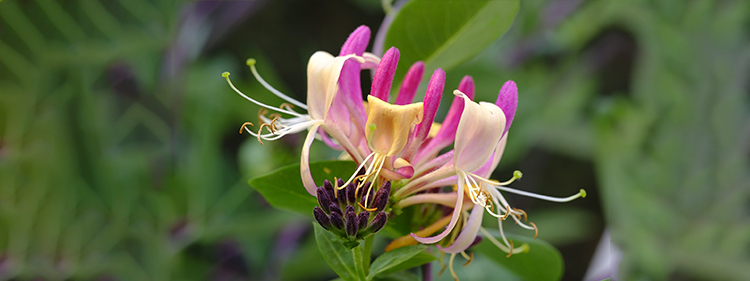
Honeysuckle
The sugary nectar of honeysuckle blooms is something that we all remember tasting when we were kids. This attractive plant was and still is a popular ornamental. There are more than 200 different species of honeysuckle, but the most common ones are woodbine honeysuckle and Japanese honeysuckle.
It is important to mention that although the blooms are edible and have a honey-like flavour, the berries in some cultivars are quite toxic, so handle them with care. If you happen to have honeysuckle in your garden, you’re in luck because you can turn the sweet blooms into a jelly or a sorbet. You can also use the withe and yellow fragrant honeysuckle blooms in other desserts such as cupcakes or cookies or as garnish.
If you’re not a big fan of sweets, you can use honeysuckle to make tea or you can surprise your guests with a honeysuckle lemonade, or honeysuckle iced tea.

Squash Blossoms/Zucchini Blossoms
The golden flowers of the zucchini plant, which is sometimes referred to as courgette, is a delicious treat that tastes similar to the popular vegetable. Having a delicate taste, the zucchini blossoms are delicious, yet not overpowering. This makes them perfect for a wide range of appetizers. Most people prefer to stuff them with soft cheese such as ricotta and to fry them. However it’s perfectly safe to eat them raw as well. If you want to load up on all the vitamins that these flowers contain, you can chop them up and add them to your salad.
If you are worried that you won’t have a good squash or zucchini crop if you eat the flowers, we have good news. Only the female blossoms will bear fruit. So you can eat as many male flowers as you want without doing any damage. Telling them apart is quite easy, all you have to do is to take a good look at the blooms that you’re about to harvest. The female ones usually grow near the plant’s centre and have a small, round fruit at the base right where the flower meets the stem. The male blooms tend to grow around the edges, and have a long, thin stem, without the bulbous fruit at the base.
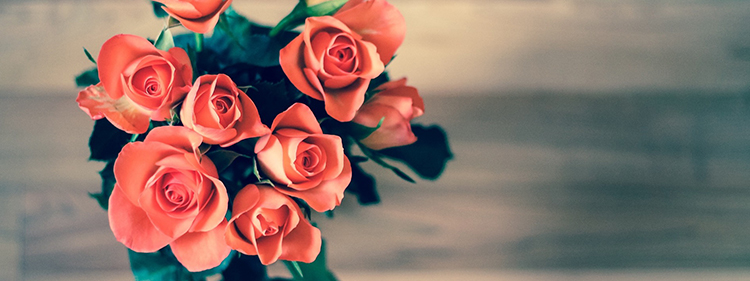
Roses
Roses are perfect in each and every way. They spoil us with their beautiful flowers that also happen to be flavourful and delicious. There are approximately 150 different species of roses that come in all sizes, shapes, and colours. All of them are edible. However, not roses taste the same. As a general rule, the rose blossoms that have the nicest smell will also taste good. But remember to only consume the petals, as these are the only pleasant parts of the plant.
If you plan on cooking with rose petals, the possibilities are endless. It is important to consider their aromatic, slightly sweet, floral flavour that can add some romantic vibes to your dish. Whether you use them to make jam, desserts, tea, or simply use them as a garnish or in salads, rose petals will surely elevate your meal. If you want to surprise your guests, you can create all sorts of rose-infused beverages, from lemonades to delicious cocktails.
Want to surprise your SO with a delicious meal adorned with roses? Don’t forget to buy a beautiful rose bouquet.
Want to start your own rose garden? Read our complete guide to growing roses and learn more about these amazing flowers.
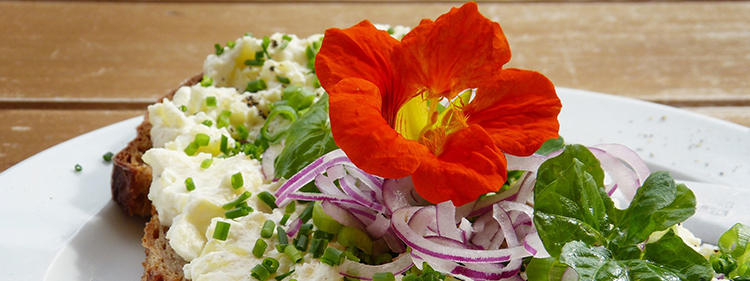
Nasturtium
Nasturtium blooms are appreciated in the culinary world because of their unique flavour and ornamental value. They are usually yellow, reddish, or orange, and are easy to grow and care for. So, if you’re looking for a plant that produces edible flowers and that is low-maintenance, Nasturtiums are a great option. Both the leaves and the flowers of the Nasturtium plant are edible. The leaves have a more powerful flavour than the blooms.
You’re probably wondering how you use Nasturtium blooms in the kitchen. These versatile flowers have a peppery flavour and a citrusy kick, so they are great for savoury dishes. You can stuff them like squash blossoms, or you can cook them with roasted potatoes and steak. You can also eat them raw in salads or blended into sauces and pesto.
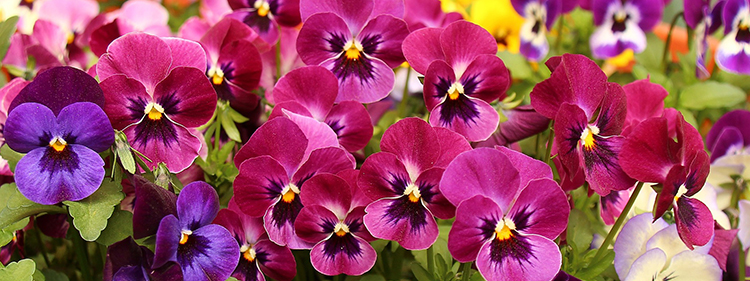
Pansies and Violas
Pansies and violas are beloved by gardeners worldwide for many different reasons. They can easily be grown in garden beds and containers and they look absolutely adorable. Pansies also play an important role in the culinary world.
Pansies and violas have a lovely, minty flavour that can elevate many desserts and that looks great as a topping. Chefs love to adorn their hors-d’oeuvres and their deserts with these colourful flowers. There are so many different colours available on the market. It’s impossible not to find the one that will complement your dish perfectly. From delicate yellow to intense black raspberry, pansies and violas can help you create elegant cocktails and attractive desserts.
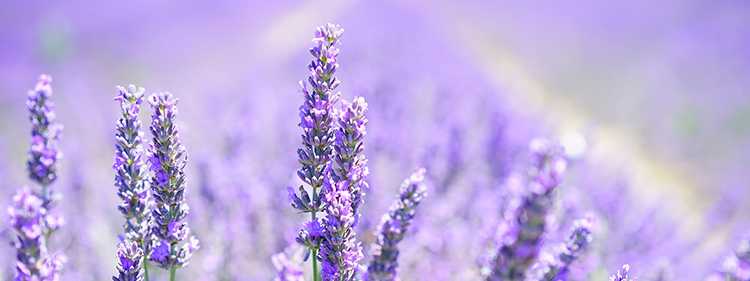
Lavender
We all know that lavender is a very popular plant and that it has a lot of different uses. Originally grown in the Mediterranean and northern Africa, lavender has quickly become the favourite plant of gardeners worldwide.
Its calming effect and lovely smell make it a key ingredient in many different industries. But did you know that you can use the lavender blooms to prepare all sorts of delicious treats? You can add lavender to homemade chocolate, fruit tarts, cupcakes, lemonades. You can even combine it with other herbs such as rosemary and thyme to make a delicious savoury dish.
If you aren’t growing lavender in your garden yet, you should definitely start. Lavender isn’t just useful in the kitchen, but it is also a great mosquito repellent.
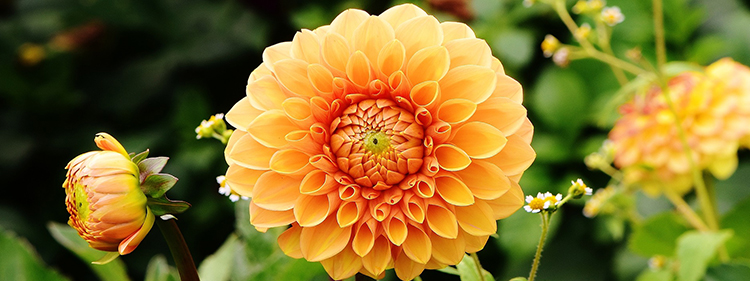
Dahlias
Not a lot of people know that dahlias aren’t just stunning ornamentals, but they are also quite nutritious. There have been periods in history when dahlias were considered a viable food crop, but they never quite enjoyed the same popularity as other edible flowers. This might have something to do with the fact that they are too pretty to eat.
When it comes to Dahlias, their petals and their tubers are edible. They are safe to eat both raw and cooked. If you plan on growing dahlias, we recommend doing it for their ornamental purpose because, according to Mother Earth Gardener, you might have a hard time finding a tasty cultivar. However, if you ever come across the ‘Yellow Gem’ cultivar, you’re in luck. This type of dahlia has a crunchy texture and a sweet flavour.
To sum up, cooking with edible flowers is extremely fun. If you’re not already doing it, it’s something that you need to try. Whether you are a fan of flavourful cocktails, delicious desserts, or savoury dishes, there are numerous edible flowers that will make your cooking and your eating experiences more exciting. We recommend starting out with some of the flowers mentioned in our article. They are all extremely popular and delicious. And, if you decide to use other flowers, make sure they are edible, fresh, and come from a reputable source.
If you want to learn more about flowers, check out our Florist Blog. If you’ve already done that, don’t forget to come back soon as we post new articles regularly.
Edible Flowers Q&A
What flowers are edible for humans?
While there are many flowers that humans can safely eat, it is important to remember that some flowers might be toxic. Therefore, it is highly recommended to use only flowers that are listed as safe on reputable websites. Alternatively ones that are labelled as edible and come from a reputable source. Some of the most common edible flowers are Begonia, Calendula, Carnation, Chamomile, Chrysanthemums, Clover, Cornflowers, Dame’s Rocket, Dandelions, English Daisy, Fuchsia, Garden Sorrel, Gladiolus, Hibiscus, Honeysuckle, Lilac, Lavender, Marigold, Nasturtium, Pansies and Violas, Primrose, Roses, Geraniums, Sunflower, etc.
What flowers are edible in Australia?
Many of the flowers mentioned can be successfully grown in Australia. Some other examples of native Australian plants that produce edible flowers include Native Violets, Purslane, Wahlenbergia, Brisbane Silver, Hibiscus Trionum, Mint Bush, Lemon Teatree, etc.
What is the most common edible flower?
There are many edible flowers that are worthy of the title. Some examples are Nasturtiums, Roses, Zucchini Blossoms, and all the other flowers mentioned in our article.

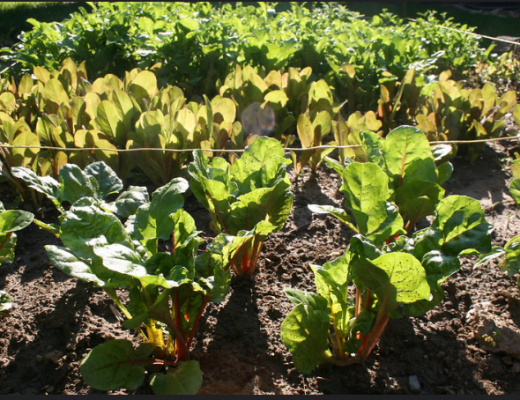


No Comments